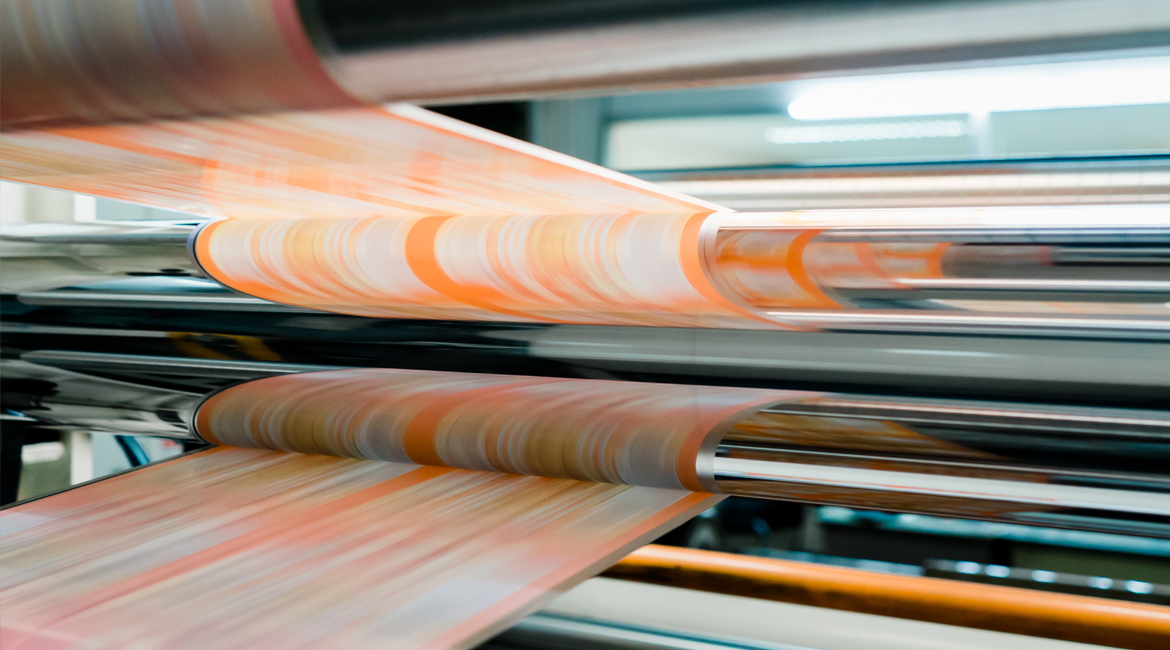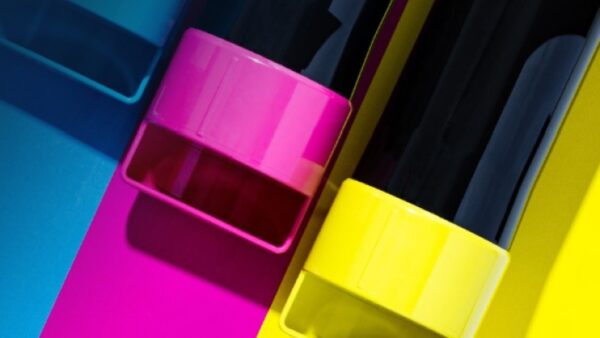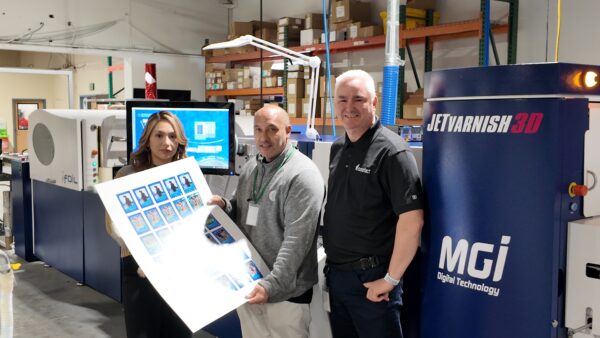Are you prepared to help customers and prospects meet their short packaging runs?
Packaging is one of the few growth areas in the printing industry. While much focus is on digital and virtual communications, we won’t be getting our cereal boxes via the internet anytime soon. But typically, when we think of packaging, we think about the large converters producing millions of cereal boxes and other types of packaging.
These larger converters, however, are generally not interested in nor equipped to produce the shorter packaging runs required by small businesses. I’ve spoken to a few of these businesses, who are required to buy thousands more packaging units than they need, and then, when something needs to be changed, they are stuck with old packaging that must be modified with labels or discarded. One such company produces products containing cannabis/CBD—an area of packaging requirements rapidly changing that vary from state to state. But that’s not the only industry that is affected.
According to data from SCORE, an organization that provides mentoring and educational sessions to small businesses, 98.6% of American manufacturing companies are small businesses, and 75.3% have fewer than 20 employees. These are exactly the companies—and the total addressable market—that can benefit from affordable, short-run, fast-turn packaging for their products.
If you have added production-printing equipment to the mix, are you helping your customers explore all the opportunities, including packaging? For large brands, getting them to change packaging providers is difficult. There must be a very good reason and a very good cost model to even get them to change. Not so much with smaller businesses, especially if they can affordably timely procure packaging in lots of 5,000, 1,000, or even 500 or less.
Most production digital printers can handle some folding carton material and produce labels. And there are short-run offset solutions available, as well as wide-format printers that can handle corrugated materials. If your customers have these types of equipment, there are two ways for them to get into the market. First, they can offer trade services to larger converters turning away short-run work. This short-run work might be packaging for test markets or other packaging that brands and manufacturers want for seasonal, geographic, and event-oriented products or other purposes.
Secondly, they can present their value proposition to the myriad small manufacturing companies that may not realize that affordable, short-run packaging is available.
Of course, packaging is different than standard commercial printing products such as brochures, books, direct mail, etc. Large converting companies have spent years building up the required expertise to meet their customers’ needs. Getting access to that expertise in the digital age is easier than ever. As just one example, I Googled “how to create a product packaging design,” and the first listing was for The Ultimate Guide to Product Packaging Design – 99 Designs. That was just one of nearly 200 million results. It includes a description of seven steps in the packaging design process:
- Understanding packaging layers
- Choosing the right type of packaging
- Lining up your printer
- Creating information architecture
- Evaluating a packaging design
- Collecting feedback
- Getting the right files
While this site is targeted at brands and designers, it provides good insight for printers as well. In Step 3, the guide recommends connecting with a printer early in the process to make sure costs are understood, and so they can benefit from other expertise the printer can offer. That’s an excellent place to start.
Printing the folding carton is probably the easiest part of the process for your customer. Where they will need help is at the front end, as indicated by the seven steps above, and at the back end. How can they create a finished carton ready for filling? Will your customer ship flat cartons that are cut and scored that the manufacturer can assemble, or will they do the required assembly and gluing? What types of special finishing can they offer? There are many embellishment solutions on the market that can produce short runs that include varnish, foiling, and other print embellishments. One example is JETvarnish 3D from MGI Digital Technology, a French manufacturer partially owned by Konica Minolta. Duplo offers the DuSense Sensory Coater that creates a digital emboss. There are higher-cost solutions from companies like Scodix and HighCon as well, which could be an opportunity as the business grows. And these are only some of the many products that will be at PRINTING United in Las Vegas in October.
Packaging equipment allows you to play an important role in offering your customers the tools that will enable them to produce higher-margin products such as packaging and help them to differentiate themselves in the marketplace, improving profitability and customer loyalty. If you don’t want to wait until PRINTING United in October, talk with your OEM partners to learn how they can help you get your customers into this lucrative market.
_________________________
To become a subscriber, visit www.thecannatareport.com/register or contact cjcannata@cannatareport.com directly. Bulk subscription rates are also available upon request and included in our media kit.




